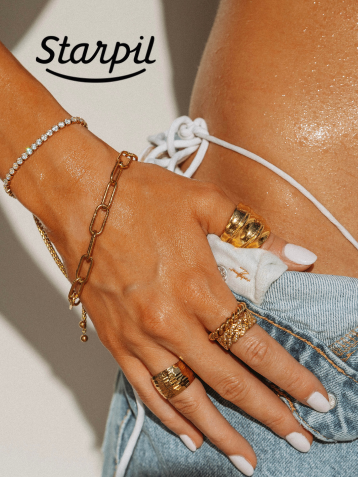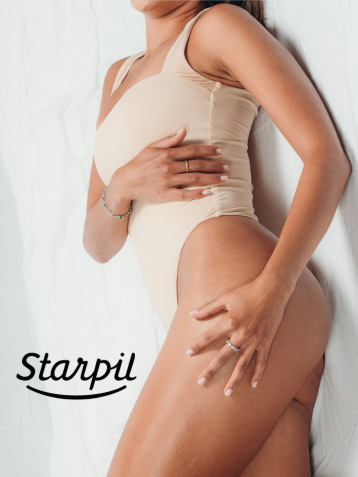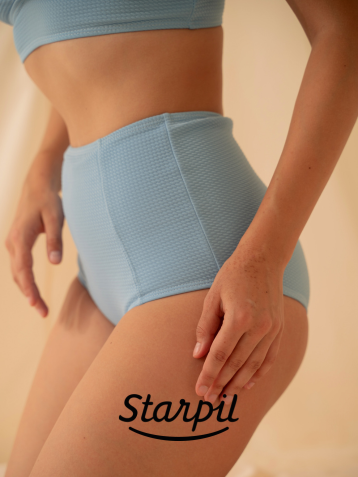How to Stop Itching When Hair Grows Back After Waxing

If you're new to waxing or just started getting professional waxing services, you might experience one of the most common yet annoying side effects: itching during hair regrowth.
While waxing provides longer-lasting results than shaving, the regrowth phase can sometimes be uncomfortable, just as it is with any method of hair removal. Don't worry— this is completely normal, and there are several effective ways to manage and minimize the itching sensation to keep yourself comfortable.
READ: When to Exfoliate After Waxing

Why Does Hair Regrowth Itch?
Before diving into solutions, it's helpful to understand why this happens. When hair is removed through waxing, it's pulled out from the root, creating tiny openings in your follicles.
As new hair starts growing back, it needs to push through these follicles, which can cause mild irritation and itching. Additionally, the blunt ends of newly growing hair can sometimes cause physical irritation against clothing or neighboring skin.
READ: Can You Shave Between Waxing?
Effective Solutions for Post-Wax Itching
1. Keep Your Skin Moisturized
One of the most important steps in preventing and managing itching is maintaining proper skin hydration. Well-moisturized skin is more resilient and less prone to irritation. Consider these tips:
-
Apply an alcohol-free moisturizer daily
-
Use moisturizer right after showering when your skin is still slightly damp
-
Choose fragrance-free products to minimize potential irritation
2. Exfoliate Regularly (But Gently)
Proper exfoliation helps prevent ingrown hairs, which can contribute to itching. However, timing is crucial:
-
Wait at least 24-48 hours after waxing before starting any exfoliation
-
Use a gentle exfoliating glove or loofah
-
Apply an Ingrown Hair Serum 24 hours post-wax
-
Exfoliate 2-3 times per week, not daily
-
Apply light pressure; aggressive scrubbing can cause irritation
-
Focus on circular motions to help guide hair growth
3. Wear Loose-Fitting Clothing
Tight clothing can irritate newly growing hair and trap heat and moisture, potentially leading to more discomfort. To minimize irritation:
-
Choose breathable fabrics like cotton
-
Opt for looser fits, especially in recently waxed areas
-
Avoid synthetic materials that might cause sweating
-
Consider sleeping in loose pajamas if nighttime itching occurs
-
Avoid strenuous activities or anything creating friction or sweat

4. Practice Good Hygiene
Keeping the waxed area clean helps prevent bacteria growth and reduces irritation:
-
Shower daily using mild, unscented soap
-
Pat the area dry instead of rubbing
-
Avoid excessive activity for the first few days post-wax
-
Change out of sweaty clothes promptly after exercise
-
Avoid touching the area with unwashed hands
5. Try Anti-Itch Products
Several over-the-counter products can provide relief:
-
Hydrocortisone cream (1%) for temporary relief
-
Calamine lotion for cooling comfort
-
Tea tree oil-based products for their natural anti-inflammatory properties
-
Aloe vera gel for soothing and cooling
6. Stay Consistent with Your Waxing Schedule
Regular waxing can actually help reduce itching over time:
-
Maintain a consistent 4-6 week waxing schedule
-
Avoid shaving between waxing appointments
-
Be patient—many people notice less itching after several consistent waxing sessions
-
Keep track of your appointments to maintain the routine
READ: When Does Armpit Hair Grow? Hair Growth for Underarm Waxing
When to Seek Professional Advice
While itching during regrowth is normal, some symptoms warrant attention from a healthcare provider or your esthetician:
-
Severe or persistent itching that interferes with daily activities
-
Signs of infection (redness, swelling, warmth, or pus)
-
Development of a rash or hives
-
Excessive ingrown hairs or ingrown hair cysts
READ: Preventing and Treating Bruising When Waxing

Prevention Tips for Future Waxing Sessions
To minimize itching in future waxing sessions:
-
Prepare Your Skin:
-
Exfoliate gently 1-2 days before waxing
-
Ensure skin is clean and free from oils or lotions
-
Apply Pre-Wax Gel to cleanse the skin before waxing
-
Avoid waxing during your menstrual cycle when skin is more sensitive
-
Post-Wax Care:
-
Follow all aftercare instructions provided by your esthetician
-
Apply a Post-Wax Lotion just after waxing to moisturize skin and promote recovery
-
Avoid hot baths, saunas, or excessive sweating for 24 hours
-
Don't apply harsh products or perfumes to the waxed area
-
Long-Term Maintenance:
-
Stay hydrated by drinking plenty of water
-
Maintain a healthy skincare routine
-
Consider using a Post-Wax Oil or serum recommended by your esthetician
Remember that everyone's skin reacts differently to waxing, and what works for one person might not work for another. If you have particularly sensitive skin, make sure to use formulas of pre and post-wax care products designed for your skin type. Don't hesitate to discuss your concerns with your esthetician, who can provide personalized advice based on your skin type and waxing history.
READ: Can I Shower After Waxing?
Final Thoughts
By following these guidelines and maintaining proper skincare habits, you can significantly reduce the discomfort of itching during hair regrowth. With time and consistency, many people find that their skin becomes more accustomed to the waxing process, resulting in less irritation and itching during the regrowth phase.





Commentaires